A Deep Dive Into The New Quintana Roo X-PR
Trickle-down tech means big savings with fast features on Quintana Roo’s latest “entry-level” tri bike, the X-PR. We take a close look.
New perk! Get after it with local recommendations just for you. Discover nearby events, routes out your door, and hidden gems when you sign up for the Local Running Drop.
A little less than a year ago, just around when Kona-was-supposed-to-be, Quintana Roo released a new bike that was something more along the lines of a revision or a remix—as I put it in my extended review at the time. That bike, the V-PR, was a lighter, slightly faster, better-handling new version of a long line of QR bikes that rode smooth and really shone in terms of the details—things like adjustability, nutrition integration, and travel. In other words, the V-PR was a great long-course steed that would never leave you pulling out your hair because the front end was insane, or have you come off the bike in an iron-distance race all beat up from the ride.
My biggest complaint at the time was that to get into this slightly upgraded version of the PRSIX2 Disc, your only choice was to plunk down around $8k. Quintana Roo isn’t alone in this pricing model—good luck finding a new Scott tri bike for under $10k, it literally doesn’t exist. But from a brand who used to sell loads of Quintana Roo Kilo aluminum tri bikes for under $2,000, I expected more For The People. And lo and behold, here comes the X-PR almost a year later for nearly half the price of its fancier sibling.
Section dividerQuintana Roo X-PR: The Features Rundown
If you’re interested in a quick look at the new X-PR—what we liked and what we didn’t—take a look at our free review, but for a deeper dive into the features that really make this bike (and our conclusions on whether or not this bike hits a home run), read on. Below we list the major, notable features in order of how impactful each was.
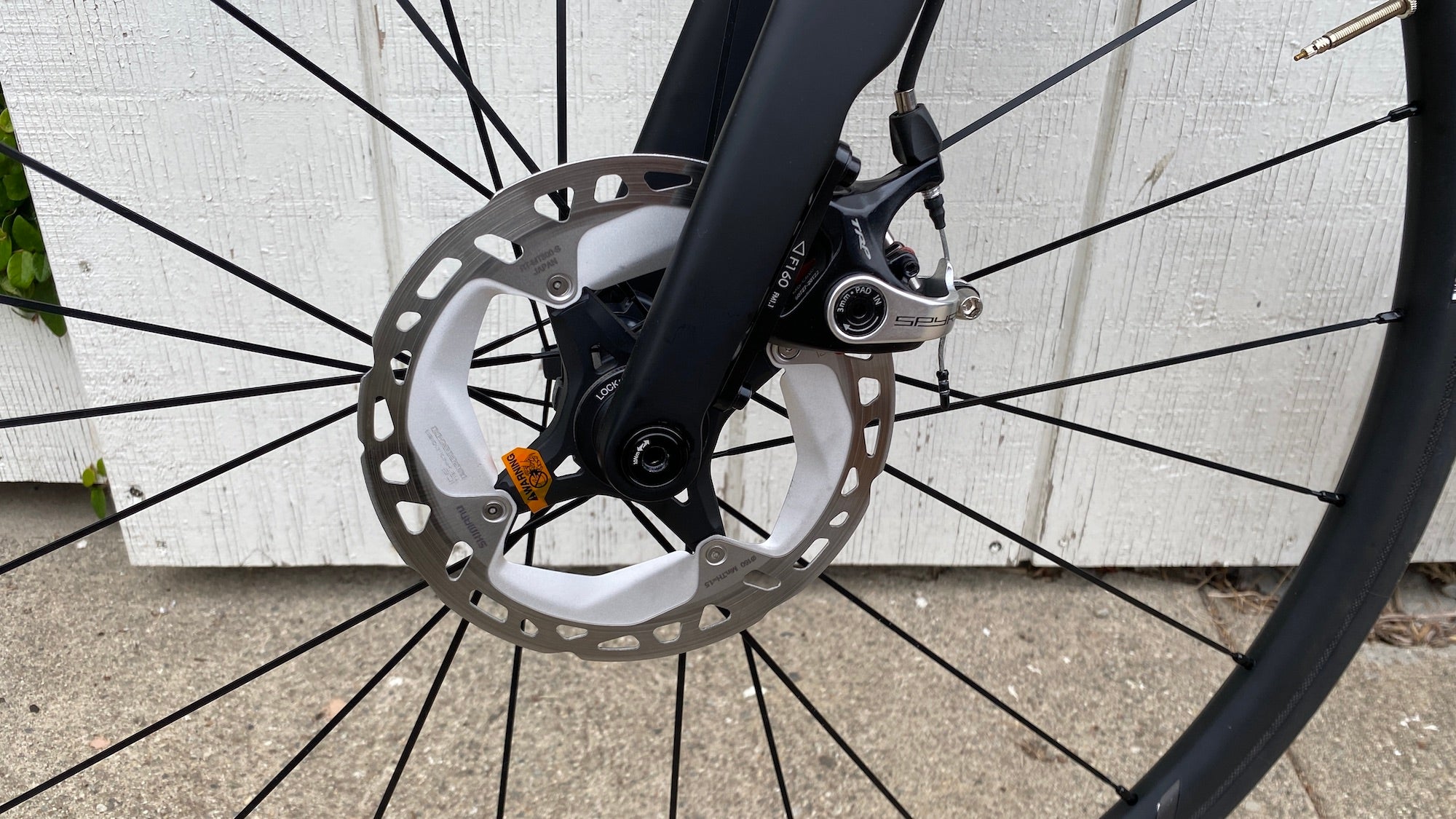
Mechanical Disc Brakes – Ok, right off the bat, you’re thinking, “Mechanical disc brakes on a $5k bike? Big whoop.” And you should be thinking that. But here’s the thing: Hydraulic disc brakes are a royal pain in the butt, and anyone who says otherwise is lying to you (or they’re a salesperson at a bike shop trying to close the deal). Mechanical disc brakes, on the other hand, are typically terrible—poor stopping power, cable stretch, bad feel, and so on. They usually feel cheap because they usually are. Here, QR’s product managers actually spent time on the spec, and they found that the key to excellent braking was actually mating the right rotor with the right caliper (which is tougher than it sounds, apparently). The result is a mechanical disc brake setup that feels so close to a hydraulic one that I’m confident most triathletes wouldn’t notice a difference—except when it was time to maintain them.
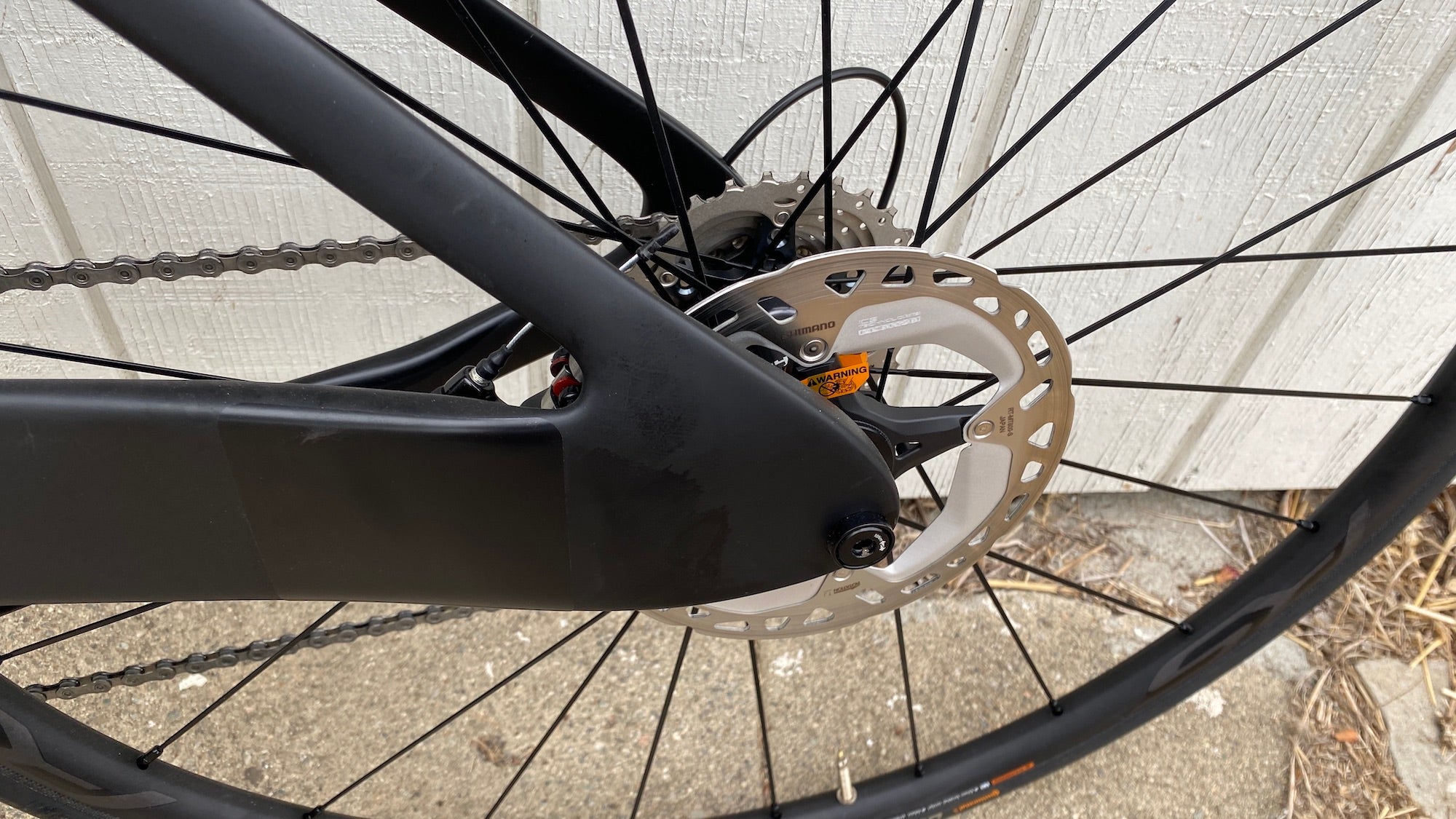
Aero Features – This gets a big nod because the new X-PR comes from literally the same time-saving mold as the updated V-PR—which is said to be 5% faster than the old PRSIX2 Disc. The only difference on the X-PR (aside from specs) is the X-PR has a lower-modulus carbon that adds weight and isn’t quite as finely tuned as the V-PR. The front-end options are also less integrated.
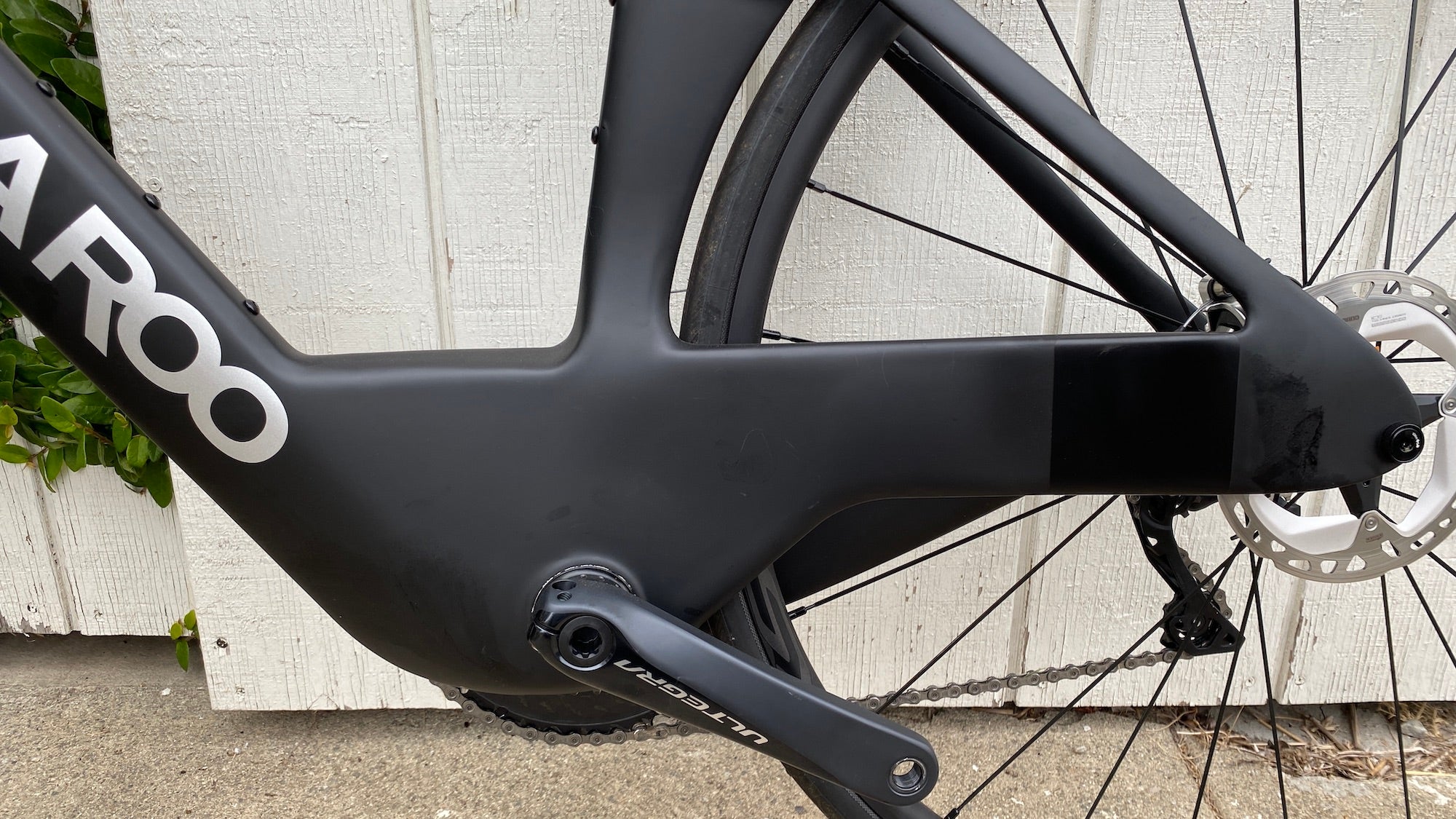
So for roughly half the price, you get a weight penalty, but not much else. You still get the great aero details like the shrouded rear brake caliper, the asymmetrical drivetrain/bottom bracket area, and dinky little fork.
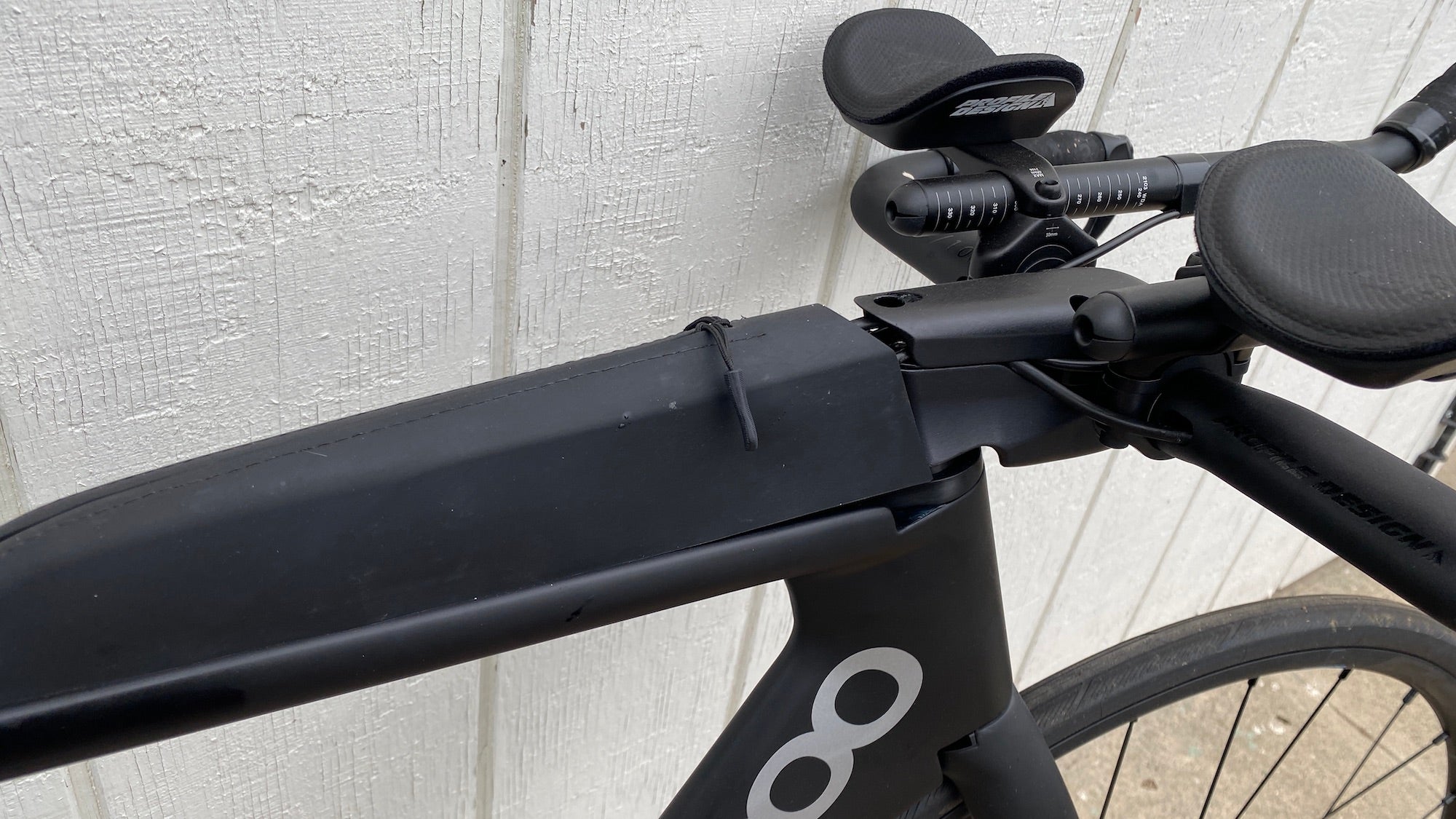
Storage – One of the things that truly separates the TT-bikes-that-triathletes-can-use and actual tri bikes right now is nutrition storage. The X-PR has a huge amount of top-tube storage for things like gels and bars, and though it doesn’t have integrated hydration like the Canyon Speedmax or Scott Plasma, it does have great tool/flat repair storage under the seat, attached to the seatpost.
Section dividerQuintana Roo X-PR: The Fit
As the X-PR is exactly the same mold as the V-PR, the fit is similarly excellent. Six sizes is still an industry-leading standard that gives fitters tons of options for people who are between sizes or who live on the margins of standard geometries. Better yet, Quintana Roo’s not-super-publicized Fit-Ready service will work with you based off of your fitter’s dimensions to double-check the right size frame, and even build out the bike to your fit specs—this includes cutting arm rest extensions (this is a big deal, trust me), pad risers, saddle set up, and more. Assuming you have detailed fit information from a previous bike or a local fit session, they’ll do the rest, and when the bike arrives, you simply tighten up a few bolts (or you can get it delivered fully built), and go.
Below are the fit specs for each frame size, and if you see a lot of overlap, that’s because there is. That means more options for the rider—and more chances for it to not only fit better, but also handle better given the adjustments you need—but those extra sizes also cost substantially more for QR to produce. Hats off to them for that.
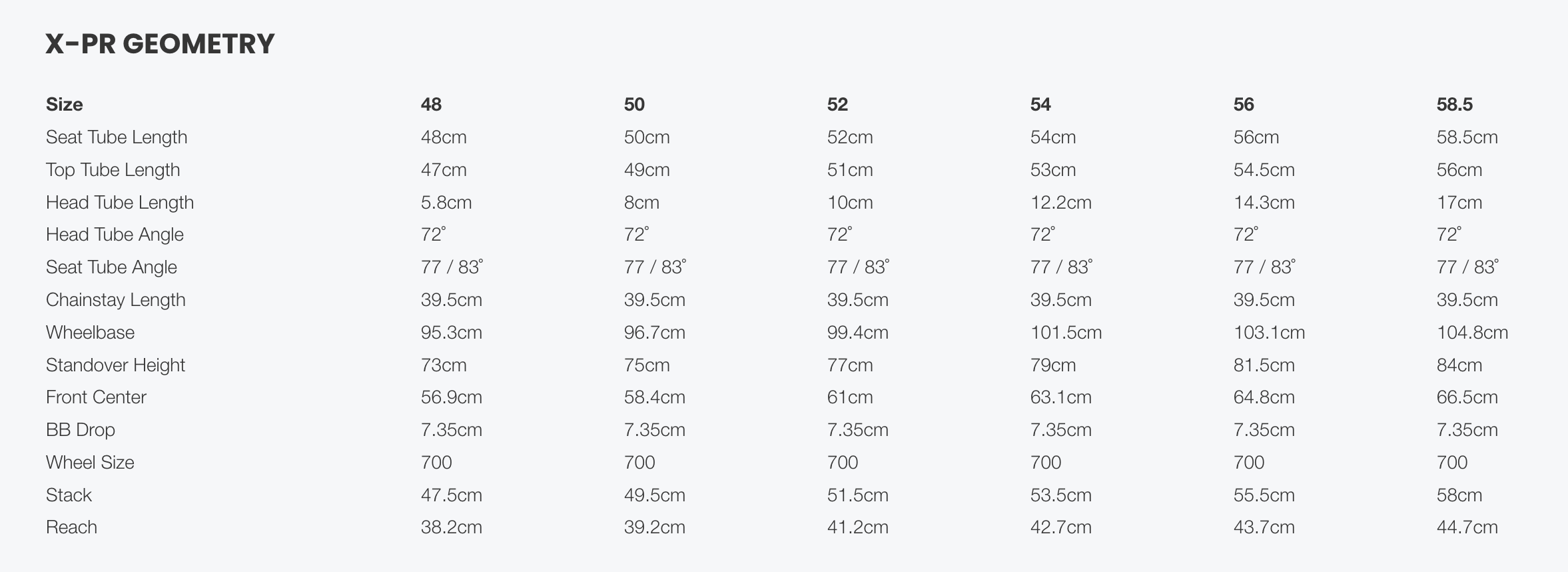
Quintana Roo X-PR: The Ride
Again, since the molds for the V-PR and X-PR are the same, the handling on both bikes are roughly the same. Straight-line tracking is a priority on this setup, which makes both bikes great choices for long-course racing without technical descents or cornering. The X-PR does a great job of letting you put the bike on autopilot, even on fast downhills with unpredictable crosswinds, and as such reduces a lot of rider fatigue when correcting course. The best way to describe the handling on the X-PR is “relaxing” and certainly far from aggressive or “surgical” as you’d have on bikes like the Argon 13 line, for instance.
The ride quality also pairs well with the straight-line stability of the geometry, and offers a smooth sensation—about what you’d expect from a $4-6k bike with this quality of carbon. Though it’s not as lively as the V-PR, that’s no surprise given the weight penalty and finer carbon in the more expensive model. Again, if you’re racing this bike for 112 miles of rolling countryside, you want something predictable and smooth—not something flighty and rough.
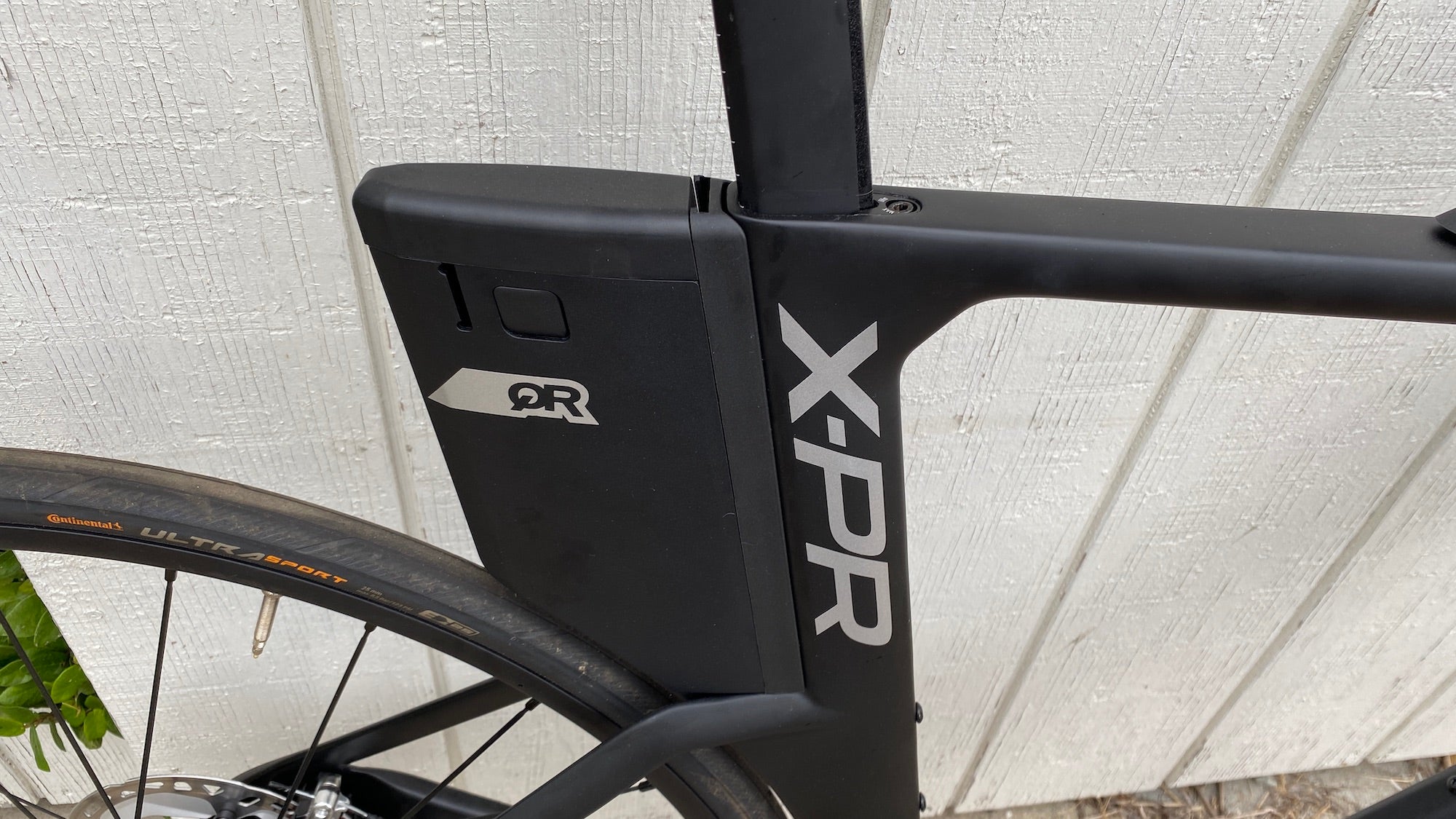
Quintana Roo X-PR Extended Review: Conclusions
A lot of what we had to say in the V-PR extended review still applies to the X-PR—minus the complaints about the price, stuff about the super low weight, and the sexy front end. The X-PR is a very complete bike with no glaring faults, and its pedigree as a trickle-down design from the V-PR helps the rider trust that the aero details are taken care of, since that’s not something we can objectively test out on the road.
Though $5,000 isn’t exactly a steal, it’s still good to see that Quintana Roo has put out a bike that won’t necessarily break the bank and that their top-end tech can get into the hands of more budget-minded triathletes. In terms of components, I think QR should be applauded for skimping where they have to and doing the homework where it makes sense. For instance, when I first saw that this bike had mechanical disc brakes, I honestly cringed because of bad experiences with cheaper, poorly paired rotor/caliper combos. I was worried that they’d tried to save money while simultaneously sacrificing basic handling needs.
The good news here is that fans of QR can finally get all of the bells and whistles that come on all of their bikes—things like the Fit Ready service, their crash replacement policy, their custom color and build options, and much more—without spending an exorbitant sum on the latest model. In other words, if you’re a long-course racer, looking for one of the most stable and predictable-handling bikes on the market, but you still want high-end customization and service that you wouldn’t find at most direct-to-consumer outfits (without spending nearly $10k), the X-PR is your best choice.
RELATED: The Best Triathlon Bikes, Updated for 2022
